4 Easy Tapioca Alternatives That Work in Pies
Substitutes for tapioca in pie serve as excellent alternatives when this traditional thickening agent remains unavailable in kitchen pantries.
These replacement options deliver similar texture and consistency without compromising the delicious flavor of homemade desserts.
Many bakers face challenges finding tapioca pearls or flour during grocery shortages, making knowledge of alternatives particularly valuable.
The best substitutes maintain that perfect balance between firmness and juiciness that makes fruit pies so irresistible.
Professional pastry chefs often recommend several plant-based thickeners that behave similarly to tapioca when exposed to heat.
With just a few adjustments to measurements, anyone can achieve spectacular results using common ingredients already sitting in most cupboards.
Every pie enthusiast should feel confident knowing these alternatives can save dessert plans when unexpected ingredient limitations arise.
Why Use Tapioca in Pie Fillings?
Tapioca is a popular thickener for pie fillings, and it brings several unique benefits that can help you get the perfect texture and taste in fruit pies and other desserts:
Perfect Tapioca Flour Swaps for Pie Making
Tapioca flour missing from pie making can be replaced without throwing off your timing. The filling will still thicken beautifully in the oven, and slicing will be just as neat.
Cassava Flour
Substituting tapioca flour with cassava flour requires some adjustments because of their different properties.
Cassava flour, made from the entire root, contains more nutrients and fiber than tapioca flour, which comes only from the starchy component.
This higher fiber content makes cassava flour significantly thicker, so recipes may need less of other thickening agents to prevent overly dense results.
Many bakers prefer cassava flour for its nutritional advantages despite the necessary recipe modifications.
Home cooks should start with about 25% less cassava flour than the tapioca amount called for, then adjust based on the desired consistency.
Potato Flour
Potato flour stands as a notable gluten-free alternative to tapioca flour, bringing a distinctive potato flavor that adds complexity to pie recipes and other dishes.
The rich taste of this whole-potato product can enhance many baked goods when used correctly in your cooking adventures.
Home chefs should be careful not to overuse it since excessive amounts may create a tough, gummy texture that's hard to chew.
Many grocery stores stock this beige-colored powder in their specialty sections, making it accessible for various kitchen needs.
Keeping some on hand expands your cooking options whenever gluten-free thickening is needed in sauces, soups or baked treats.
Arrowroot Flour
Arrowroot flour stands out as a top alternative to tapioca flour with its similar flavor profile and gluten-free properties.
This versatile ingredient, derived from the starchy Maranta arundinacea tropical plant, excels as a thickening agent in many dishes.
The main drawback when using it in pie recipes is that arrowroot may not provide the signature chewy texture that tapioca flour creates.
For best results, you might consider combining arrowroot with another flour type to achieve the desired consistency.
Despite this minor limitation, arrowroot remains popular among home bakers looking for accessible substitutions that maintain the integrity of their recipes.
Potato Starch
Potato starch offers a gluten-free alternative for thickening pie fillings despite not being an actual flour like its name might suggest.
This white, fine-textured ingredient comes from leucoplasts in potato stems and looks distinctly different from regular potato flour.
Due to its powerful thickening properties, potato starch creates much denser results than tapioca flour when used in equal amounts.
Most recipes work best when you substitute just half a cup of potato starch for each cup of tapioca flour called for.
Moderate use helps avoid making your dishes too thick or gummy while still achieving the desired consistency in your cooking.
Pie Crust Adjustments for Tapioca-Free Recipes
If you’re skipping tapioca in your pie filling, a few small pie crust adjustments can help you still get a sturdy, golden crust and a delicious slice every time:
Tapioca Pie Substitute Answers: Your Guide
1. Are there gluten-free substitutes for tapioca in pie?
Cornstarch, arrowroot, potato starch, and instant clear jel are all gluten-free and work well in fruit pies as thickeners.
2. How much substitute should I use compared to tapioca?
Use about half as much cornstarch or arrowroot as tapioca. For flour, use the same amount or slightly more, depending on desired thickness.
3. Can I use instant tapioca instead of regular tapioca?
Yes, instant tapioca is commonly used in pies and can be swapped one-for-one with regular tapioca pearls or starch.
4. Will substitutes work for both fruit and cream pies?
Most substitutes are best for fruit pies. For cream pies, cornstarch or instant clear jel works better for a smooth, stable filling.
5. Are there taste differences with tapioca substitutes?
Cornstarch and arrowroot are neutral in flavor, while flour may make the filling taste a bit doughy if used in large amounts.
6. Can I mix different substitutes for a better result?
Yes, blending cornstarch with arrowroot or potato starch can improve texture and prevent the filling from becoming too thick or gummy.

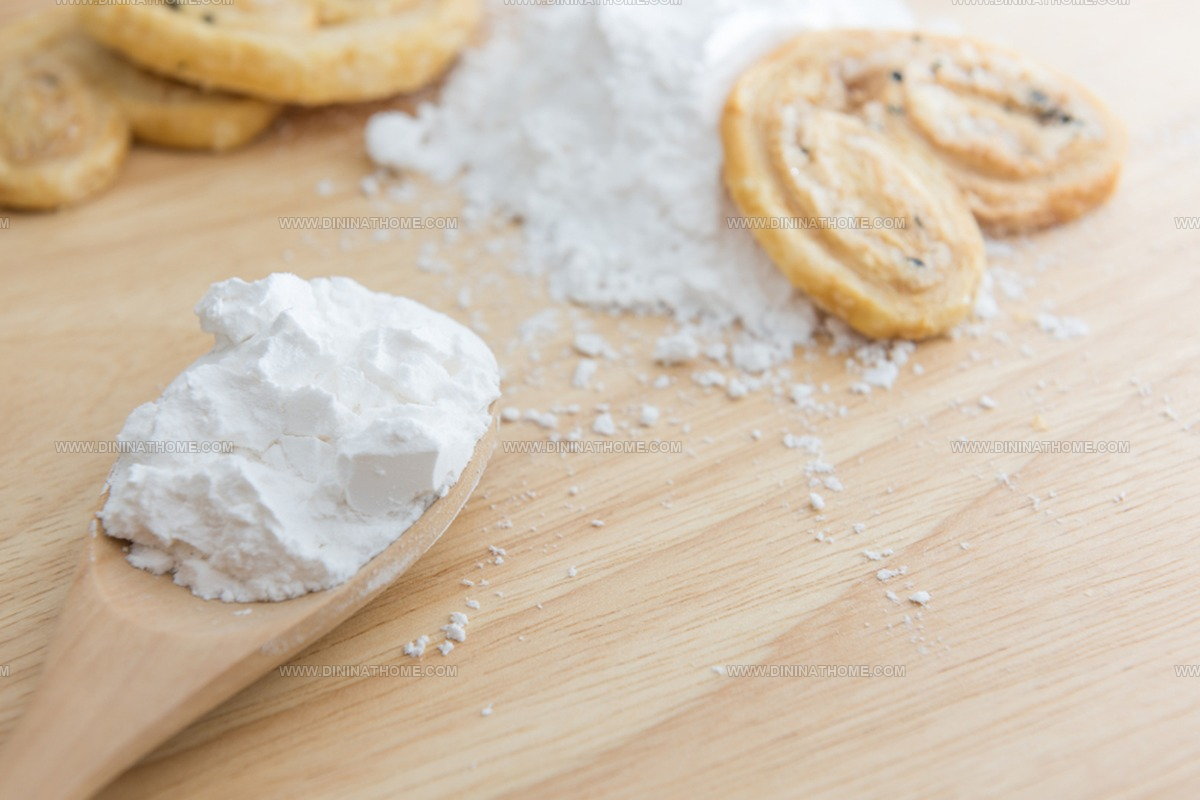
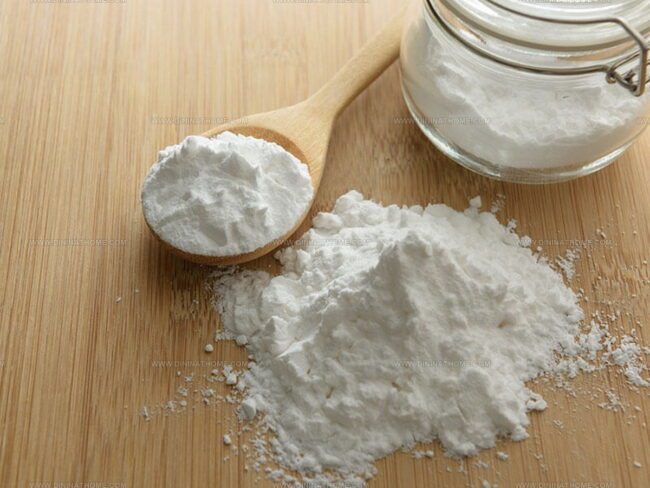
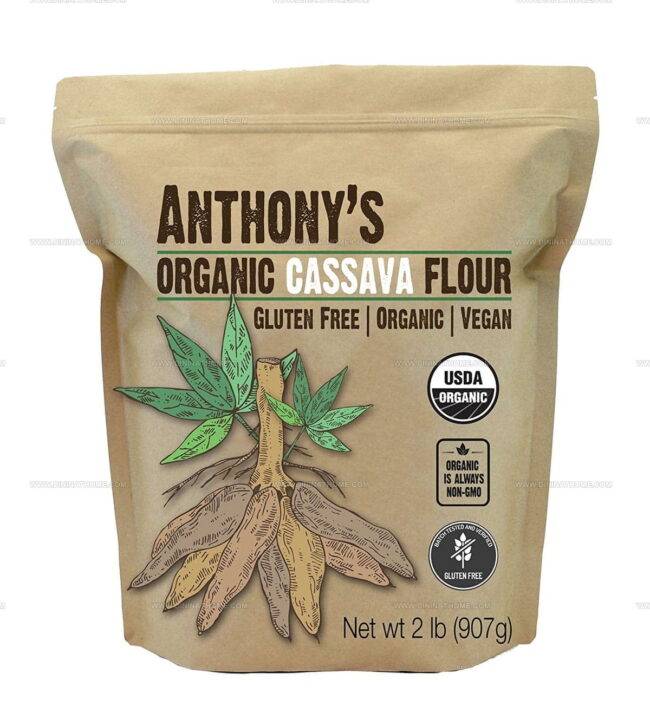
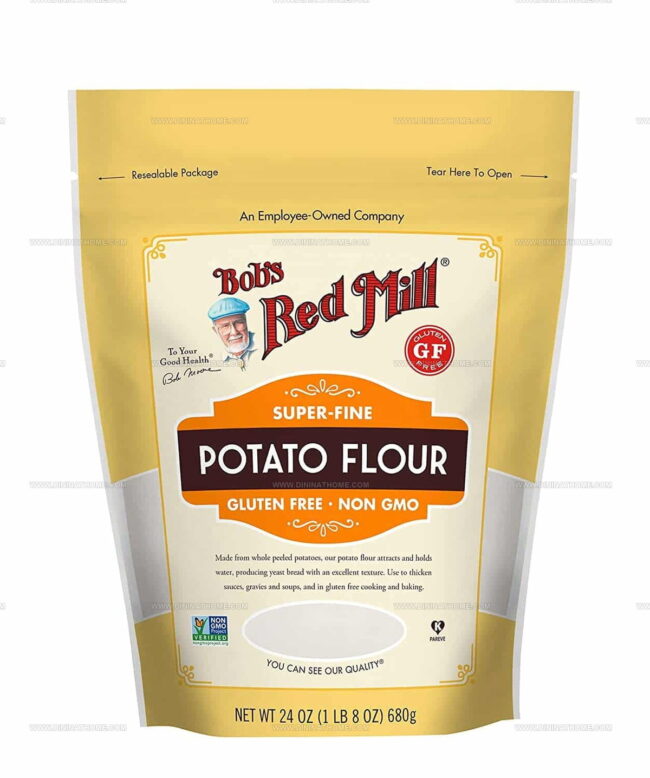
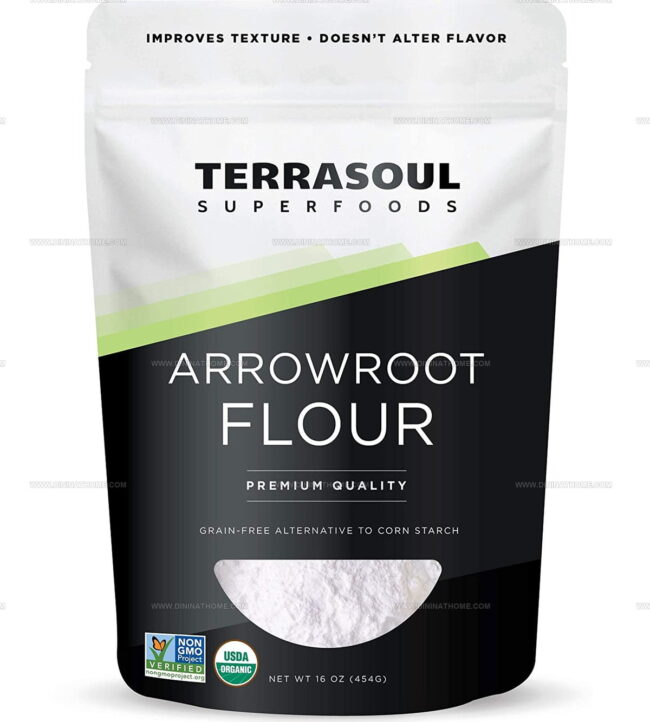
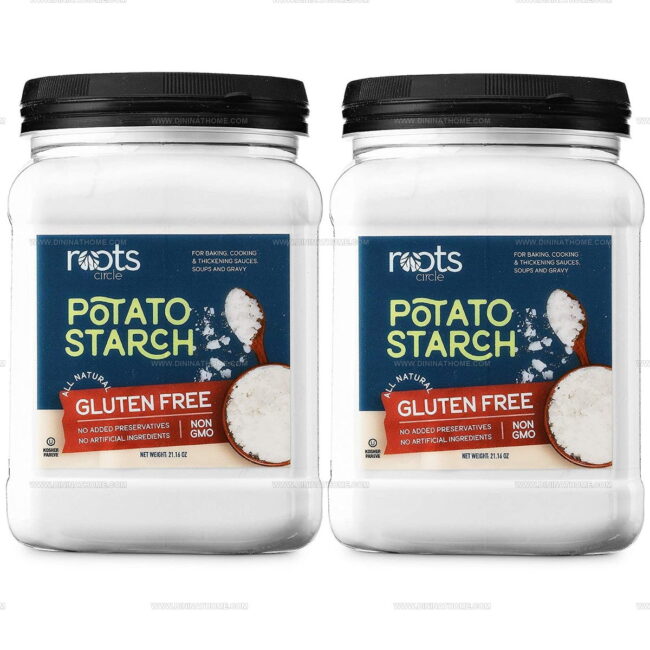
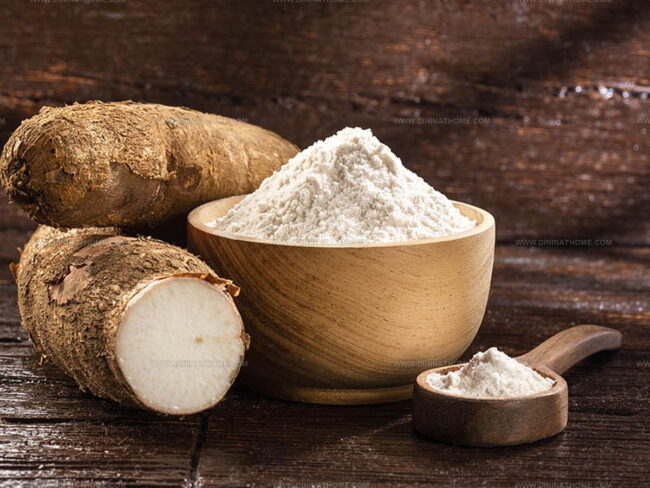
James Walker
Lead Recipe Developer & Culinary Educator
Expertise
Southern Cuisine & Farm-to-Table Cooking, Recipe Development & Testing, Culinary Education & Instruction
Education
School: Auguste Escoffier School of Culinary Arts
Program: Diploma in Culinary Arts and Operations
Focus: Comprehensive training in classical and modern culinary techniques, kitchen operations, and farm-to-table practices.
James didn’t learn cooking from a TV show, he learned it from busy kitchens, family gatherings, and long afternoons spent testing recipes the hard way.
After training at the Auguste Escoffier School of Culinary Arts, he brought his love for real, down-to-earth food to every dish he makes.
At Dining At Home, James loves building recipes that feel familiar but still have something special, like adding a twist to a classic or making a slow Sunday dinner feel brand new.
When he’s not in the kitchen, you’ll probably find him swapping garden tips at the farmers’ market or teaching his daughter how to flip pancakes without a mess (almost).